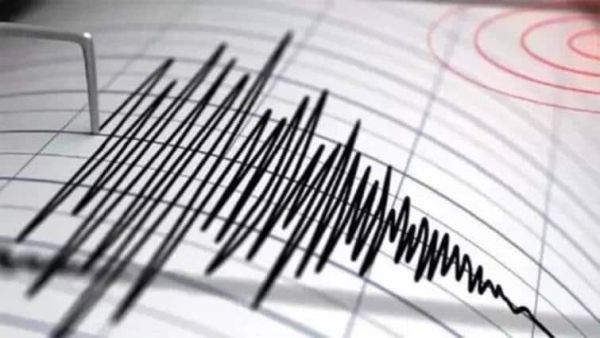
A magnitude 6.3 earthquake jolted northern Afghanistan near the bustling city of Mazar-i-Sharif in the early hours of Monday, resulting in at least four casualties.
According to the United States Geological Survey (USGS), the earthquake struck at a depth of 28 kilometers (17.4 miles) near Mazar-e Sharif, which has a population of about 523,000, shaking both the province’s capital and the nearby town of Khulm.
Haji Zaid, spokesman for the governor of Balkh, confirmed at least four deaths so far, with many others injured and extensive financial losses reported. “We have suffered financial and human losses, many people have been injured, and reports so far confirm the death of four people,” CNN quoted him as saying.
USGS issued an orange alert in its automated system, indicating that given the intensity of the tremors, "significant casualties are likely and the disaster is potentially widespread."
Earthquake Felt Across Central Asia
The earthquake’s impact extended well beyond Afghanistan’s borders. The Afghanistan National Disaster Management Authority said, “Several provinces of the country were once again shaken by a strong earthquake at around 1 a.m. (3:30 p.m. ET Sunday),” in a statement shared with CNN. The tremors rippled into parts of Tajikistan, Uzbekistan, and Turkmenistan, countries neighbouring northern Afghanistan.
Among the sites affected was the revered Blue Mosque in Mazar-i-Sharif, believed by many to be the resting place of Hazrat Ali, the fourth Caliph of Islam. Social media videos verified by CNN showed debris strewn near the mosque’s entrance, highlighting the scale of the destruction.
Widespread Alarm and Recovery Efforts
Following the quake, the USGS PAGER system issued an orange alert, warning of widespread damage and a heightened likelihood of significant casualties. “Significant casualties are likely and the disaster is potentially widespread. Past events with this alert level have required a regional or national level response,” the alert stated.
Residents described harrowing scenes in the aftermath. “I had never experienced such a strong earthquake in my life,” said Rahima, a former school teacher. She recounted the terror her family felt: “My children ran down the stairs screaming.” Broken windows and damaged plaster marked the ordeal, but Rahima counted herself fortunate for her concrete home’s resilience. “I don’t know if houses made of mud have survived this earthquake in the outskirts of the city,” she told CNN.
As communities across northern Afghanistan and neighboring regions await further updates, emergency responders assess the full scale of the disaster and begin the long road to recovery.
Over 1,000 people lost their lives after an earthquake hit Afghanistan in August, according to the Afghan Red Crescent Society, a humanitarian group working in the region.
-
Kashmiri guide hailed as hero for saving tourists during Pahalgam attack

-
Amaal Mallik’s secret GF is reportedly in Bigg Boss 19 only

-
Travis Head Dropped From IND vs AUS T20Is - Surprising Reason Revealed

-
Indian Rupee Slides To 88.77 Against Dollar, Forex Reserves Fall By $6.9 Billion

-
Stalin-Led Multi-Party Meeting Decides To Move SC Against SIR In Tamil Nadu
